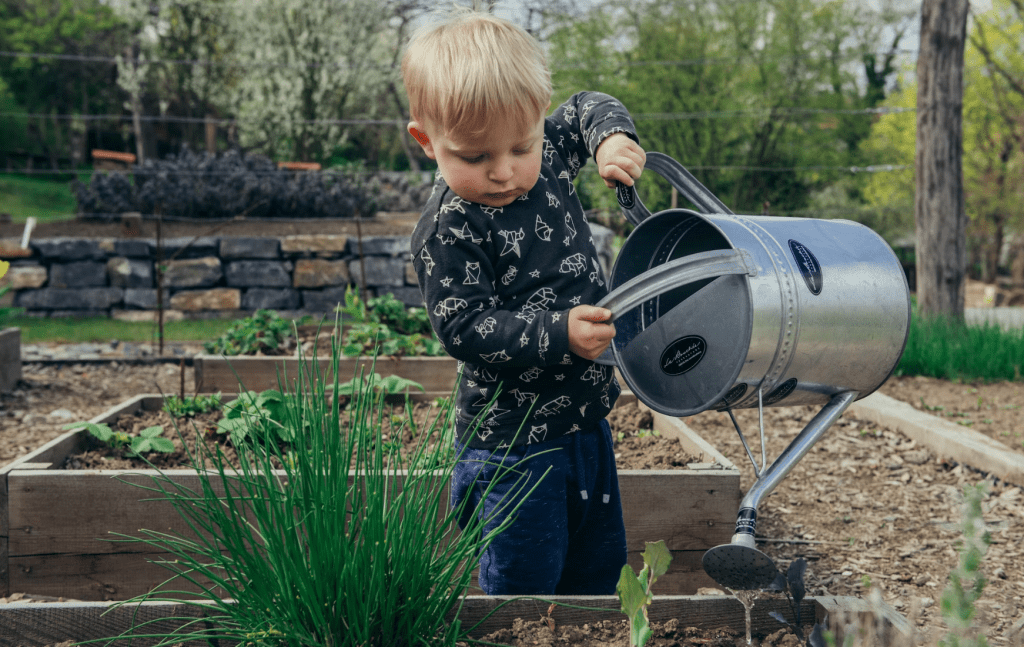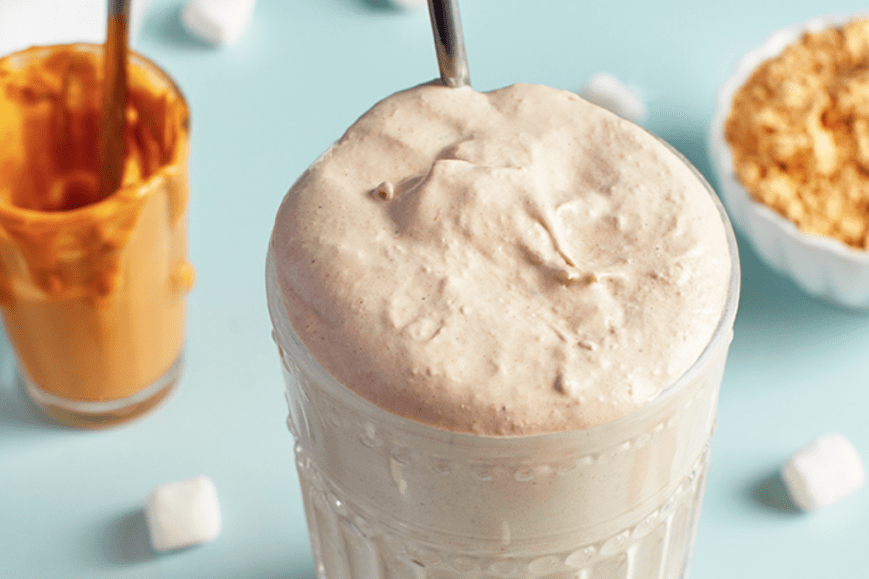The month of November in California is my favorite. After a good rain, the fragrances are fresh and earthy and have hints of spices and healthy soil.
As I look down, the leaves fall, the wind sways even huge tree branches and (hopefully) sheets of rain. Wash off the dust of a whole year. Even some butterflies, bees, and moths that are late in the season work furiously to store enough energy for migration or hibernation.
Mornings may be crisp with a winter cap, but the afternoons could still have a warm, weak sun or even some days above normal temperatures.
We all understand that our water supply is dependent on the abundance of mountain snow.
Therefore, it’s gratifying to see the snowcapped mountains after a storm. There are still hopes for a cold, rainy winter in California, where we receive the bulk of the precipitation.

Planting The month of November is a great time to plant cool-season annuals and trees. After the first rains have soaked the soil and air, plants are less likely to be shocked by transplantation.
It is particularly true for the garden that has been mulched. Plants that are sensitive to frost, such as citrus, avocado and native plants of Baja California, the Channel Islands, and succulents, from around the globe, need to be protected during winter or waited until spring before planting.
It is a good time to plant woody Mediterranean and California shrubs, which do not thrive in excessive summer moisture. Manzanita and Ceanothus are among the best. Also, coffeeberry, buckthorn and lavender.
Plant spring bulbs such as daffodils or narcissus where they’ll get full sun for at least the first part of summer. Buy bulbs without mold spots and that are not swollen. Plant the bulb at least three times as deep as its height. When planting, the pointed end is usually placed upward. Mix a small amount of soil with phosphorus-rich fertilizer and add it to the bottom of the holes. Animal manure, bat guano, and bones are all natural sources of phosphorus. By Thanksgiving, all spring bulbs must be planted.
You can divide and dig up overcrowded dahlia tubers in November if you are a grower. They should be stored in a dry, cool place for replanting in the month of February.
Planting winter vegetables, such as broccoli, cabbage, greens and cauliflower in November is possible, particularly early on in the month, when soil temperatures are still high.
Planting close together creates an environment that’s more balanced, and accelerates growth. If necessary, thin extra plants when they are growing. Thin seedlings of greens such as lettuce or beets for a nutritious salad ingredient. Mulch the soil with straw or old hay.
**Maintenance: **Start pruning deciduous trees and shrubs after the leaves have fallen, to not only shape them but also to avoid storm damage. Wind can break branches on a tree that has no gaps between the leaves. Remove a few branches from the tree’s trunk using thinned cuts. Landscape trees should not be topped. The Master Gardener site has detailed instructions on how to prune trees correctly.
Fertilize plants that bloom in the fall and winter. Californian native plants should not be fertilized. You can give your manzanita a small amount of acid-loving plant fertilizer, such as azalea or camelia. Avoid fertilizing avocados, citrus trees, palms, or any other frost-sensitive plants.
- Your peach tree or nectarine likely had “peach leaves curl” if it had deformed foliage during the summer. It is a fungus that can affect fruiting and, if it becomes severe, the tree may die. Controlling peach leaf curled:
- Rake the leaves as they fall. Mummies should be removed and thrown away. These should not be added to the compost.
- Use a Bordeaux mix (a mixture of hydrated lime, copper sulfate, and a copper-based solution) to spray the trunk and branches as well as the soil underneath. A synthetic fungicide can be used. Check the labels to ensure that products contain at least 50 percent of copper.

Usually, one application will suffice. However, if the winter is wet, spray it again just before flower buds start to swell up in spring.
Grind up leaves and prun branches to be used as mulch. Since I use my grinder to grind everything, I have not had any problems with pests overwintering. If you have plant trimmings that are infected with a major disease, or insects, you should send them to green waste. You will then need to buy mulch.
In the city, it can be difficult to convince our neighbors and ourselves to switch to regular ground-up plant material instead of uniform nuggets. Mulch is always better than none, so do whatever works best for you.
Even if the leaves have fallen off your large shrubs and trees, you should still deep-water them. Even if there isn’t much rain, your irrigation controller needs to be set lower.
The cooler nights and shorter daytime hours mean most plants won’t need as much moisture. Water-logged roots or drowned bacteria could become a problem next year when plants start to grow again.
Your controller may have an option to set a budget for water usage. If so, you can use November as if it were July. You may not be aware that your smart sensor controller is doing the adjustment.
If you don’t know, you should find out to avoid wasting water or harming your garden. A garden that receives too much water can also suffer from soil erosion.
Stop dead-heading your roses if you want them to settle in dormancy and stop flowering.
To thrive well into old age, all plants need a period of dormancy. Some native plants dormant during the summer.
Plants like roses and deciduous plants that dormant during winter are the ones we’re more familiarized with.
Do not fertilize them or keep them alive too long. This is the time to let them rest and prepare for winter.
Conservation: Remove the orange and yellow flowering milkweed if you own it. This will encourage Monarch butterflies to migrate. If you let the monarchs stay, they will die from the cold. Check and re-fill bird feeders after rainstorms, and make sure that the seeds are not moldy. This winter, leave some seeds on your perennials and grasses to encourage birds to forage.
Add straw, old alfalfa hay pellets, compost, or other materials to beds that are fallow in the edible garden. By taking care of your soil this fall, you will have stronger plants that can better resist pests. This means saving time, money, and reducing the use of synthetic chemicals. Continue to eliminate weeds which rob nutrients. You can’t solarize the soil yet, but cover it with weedcloth or another fabric to allow air and moisture exchange. Happy Thanksgiving! Happy harvest!







Leave a Reply